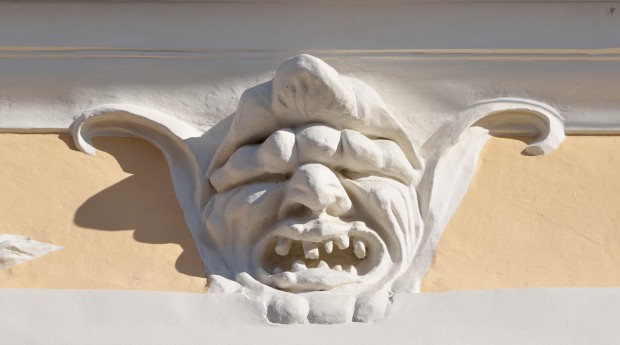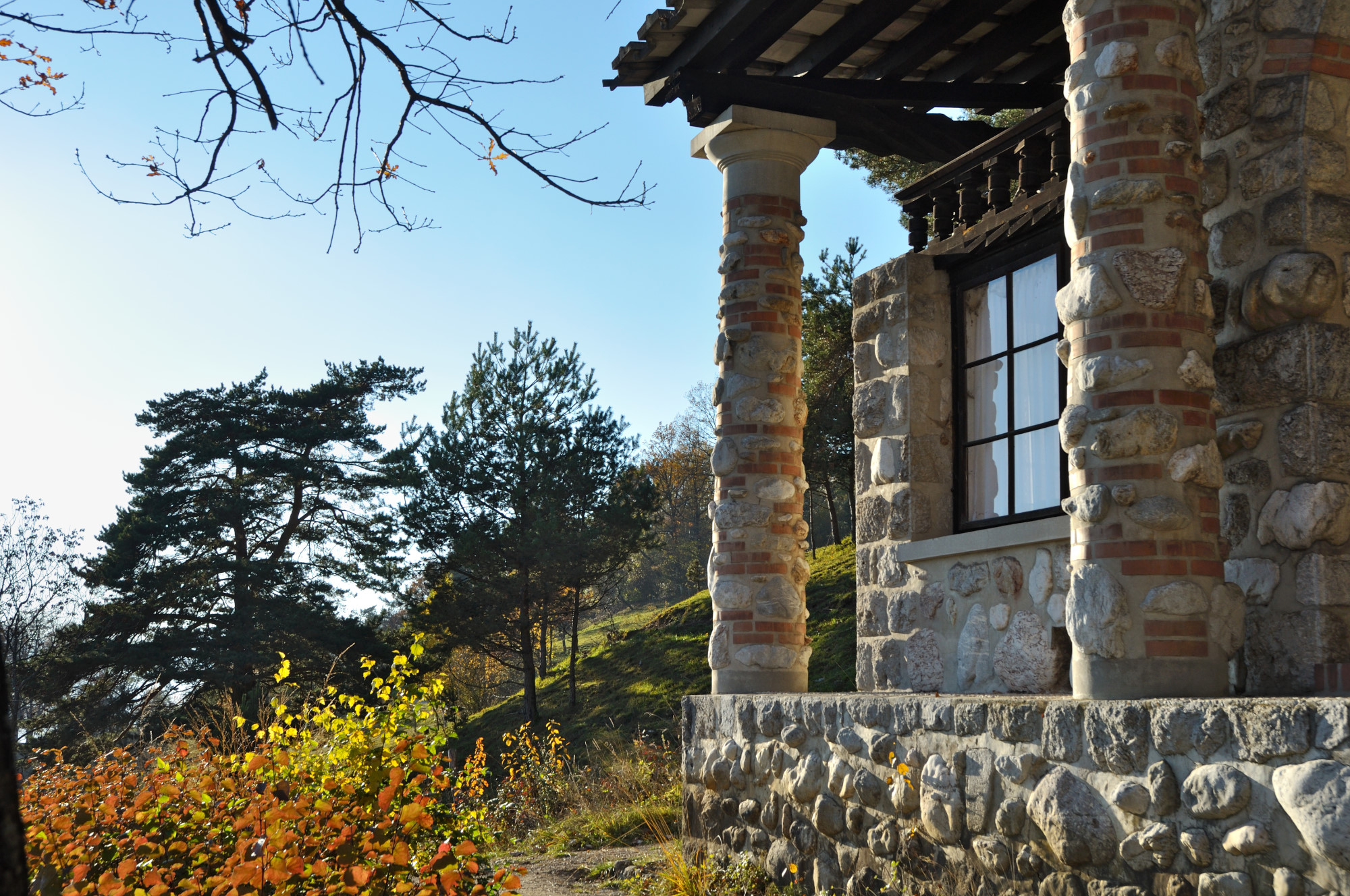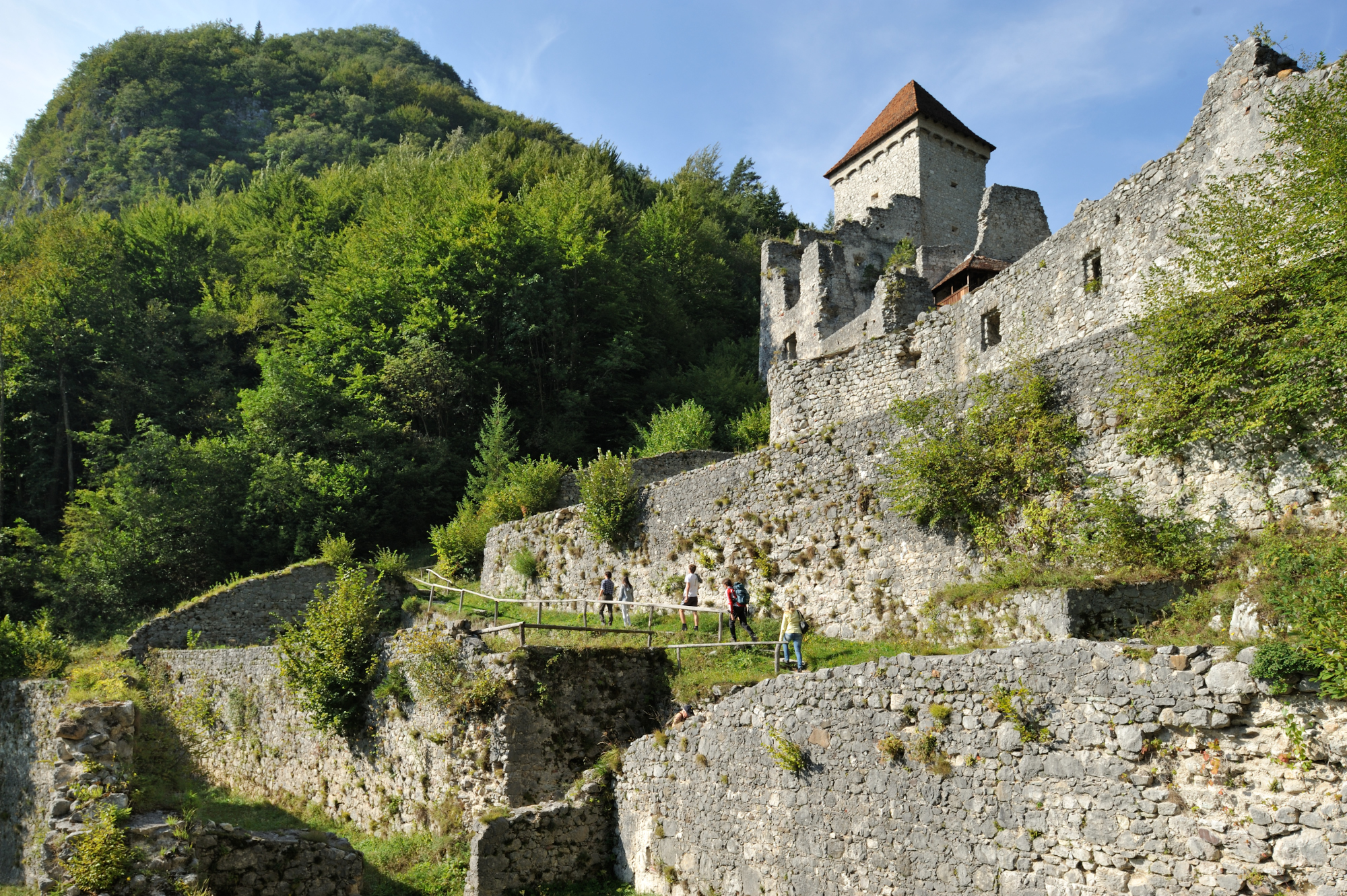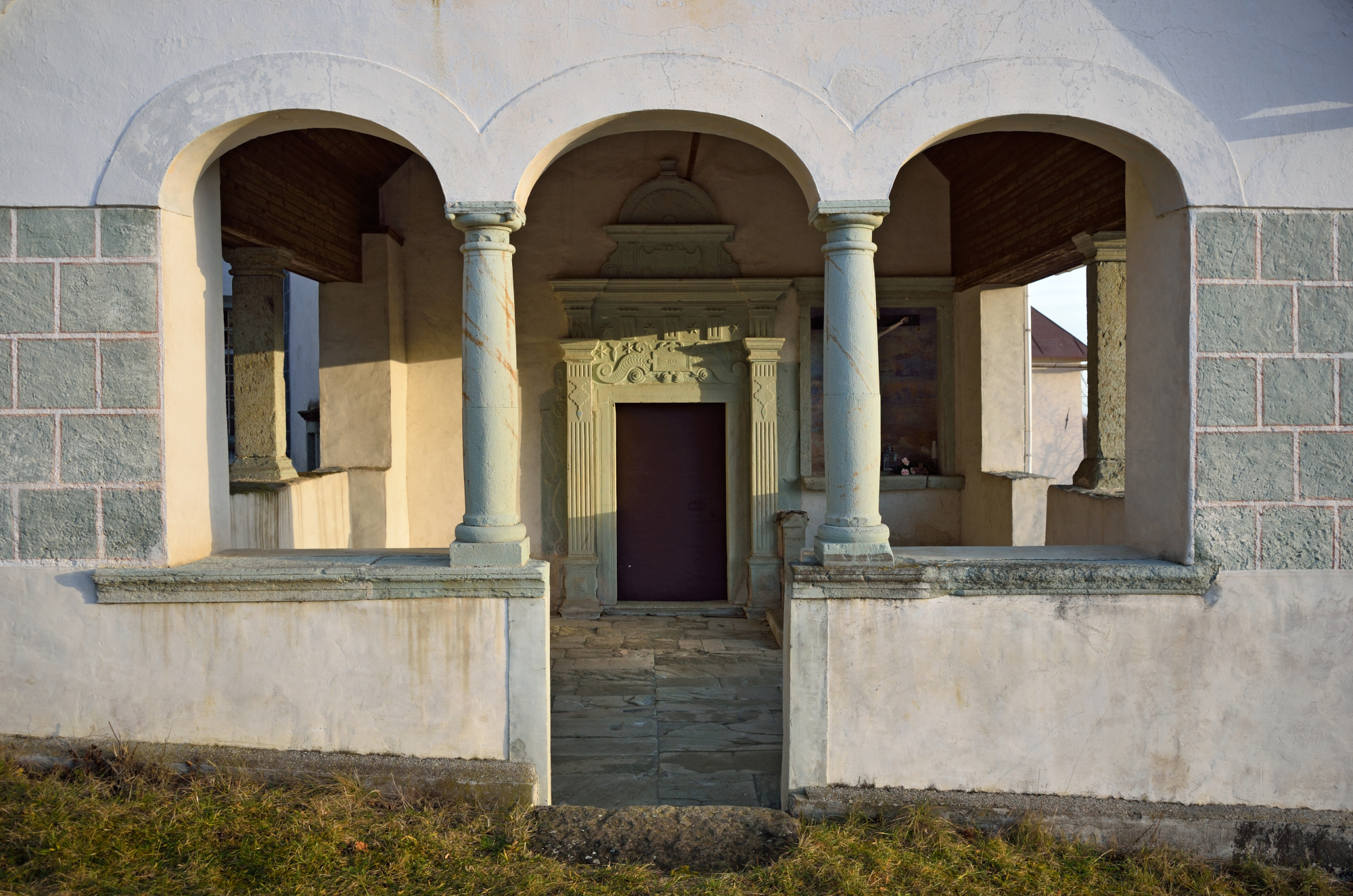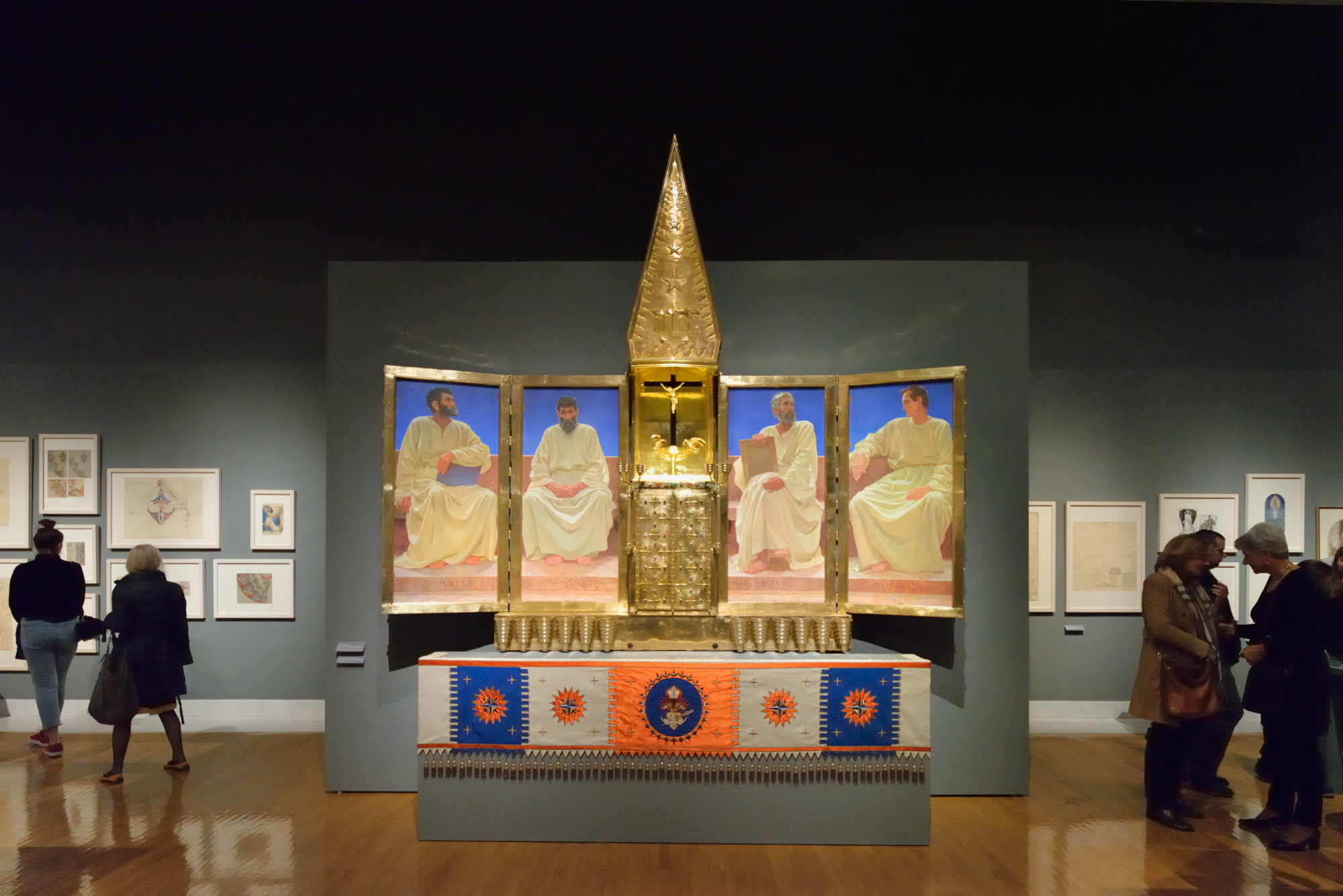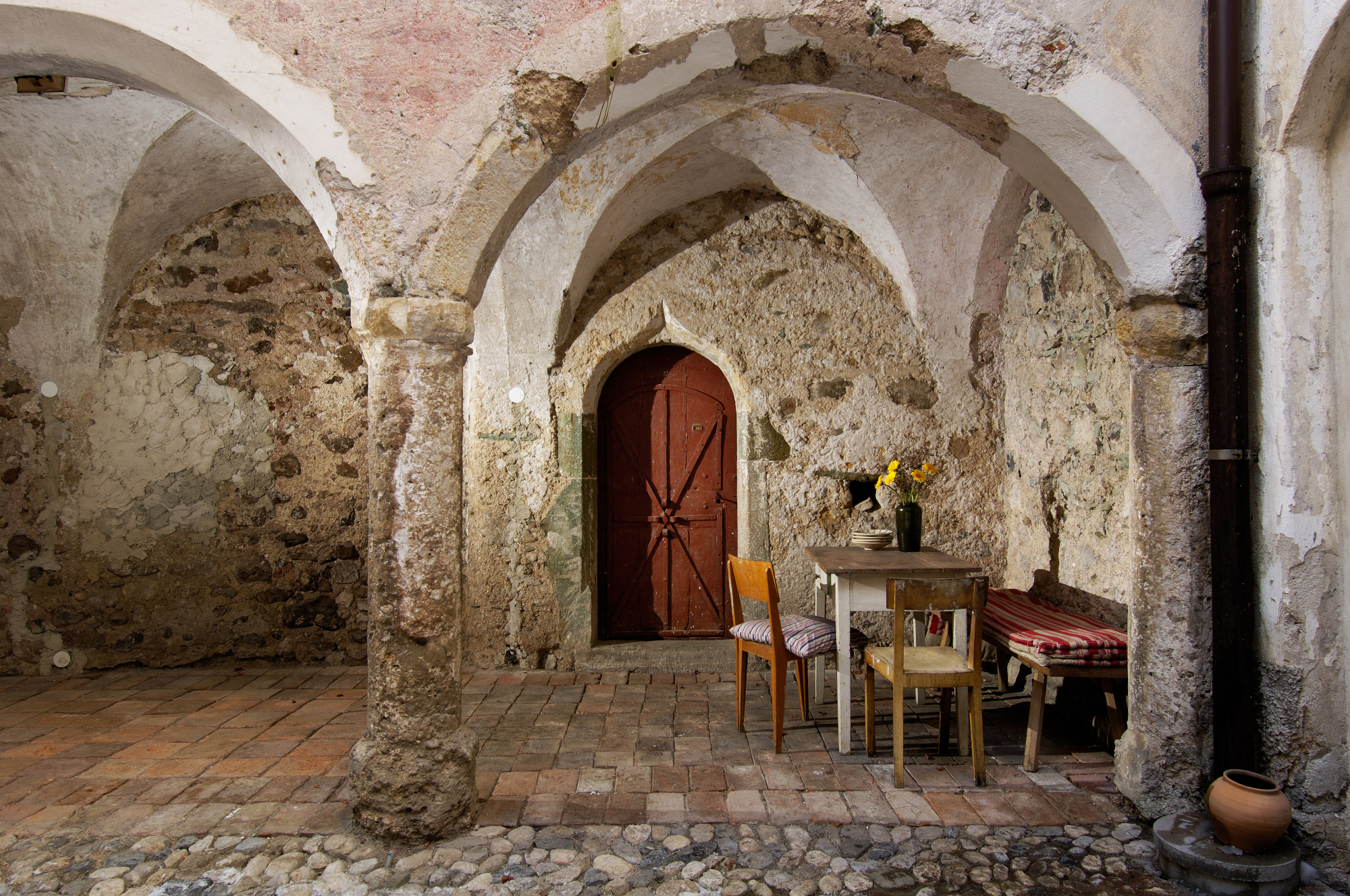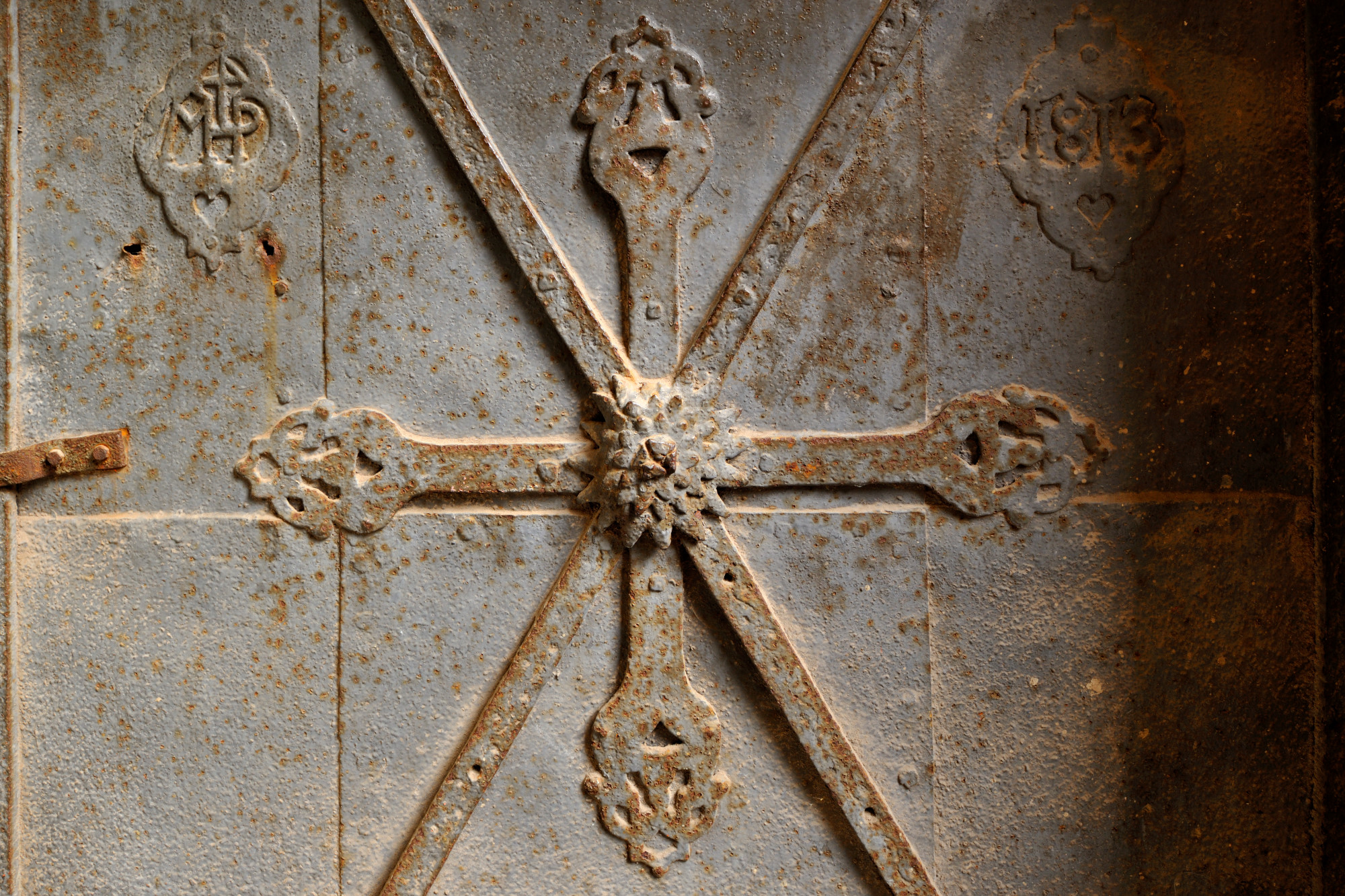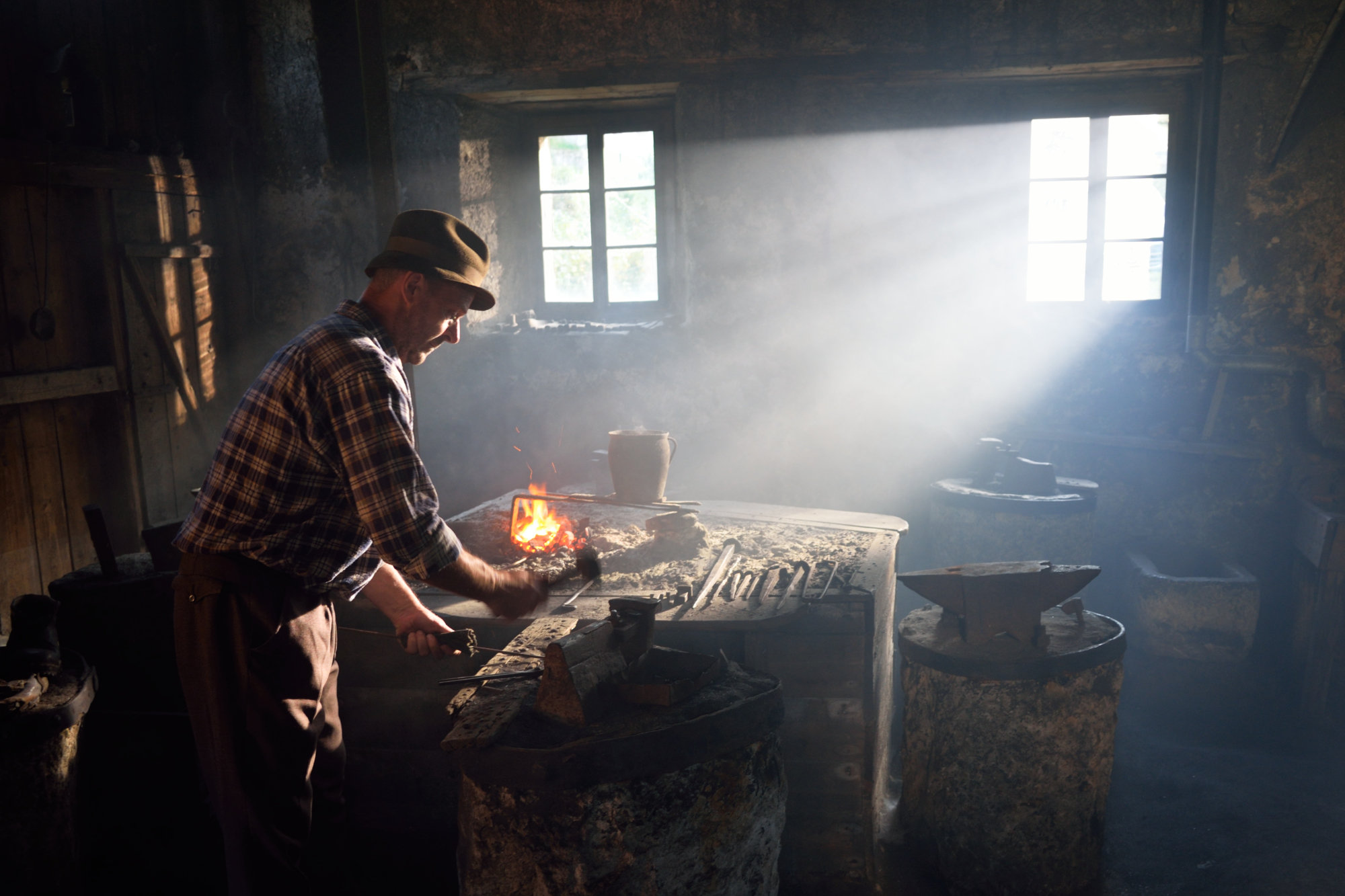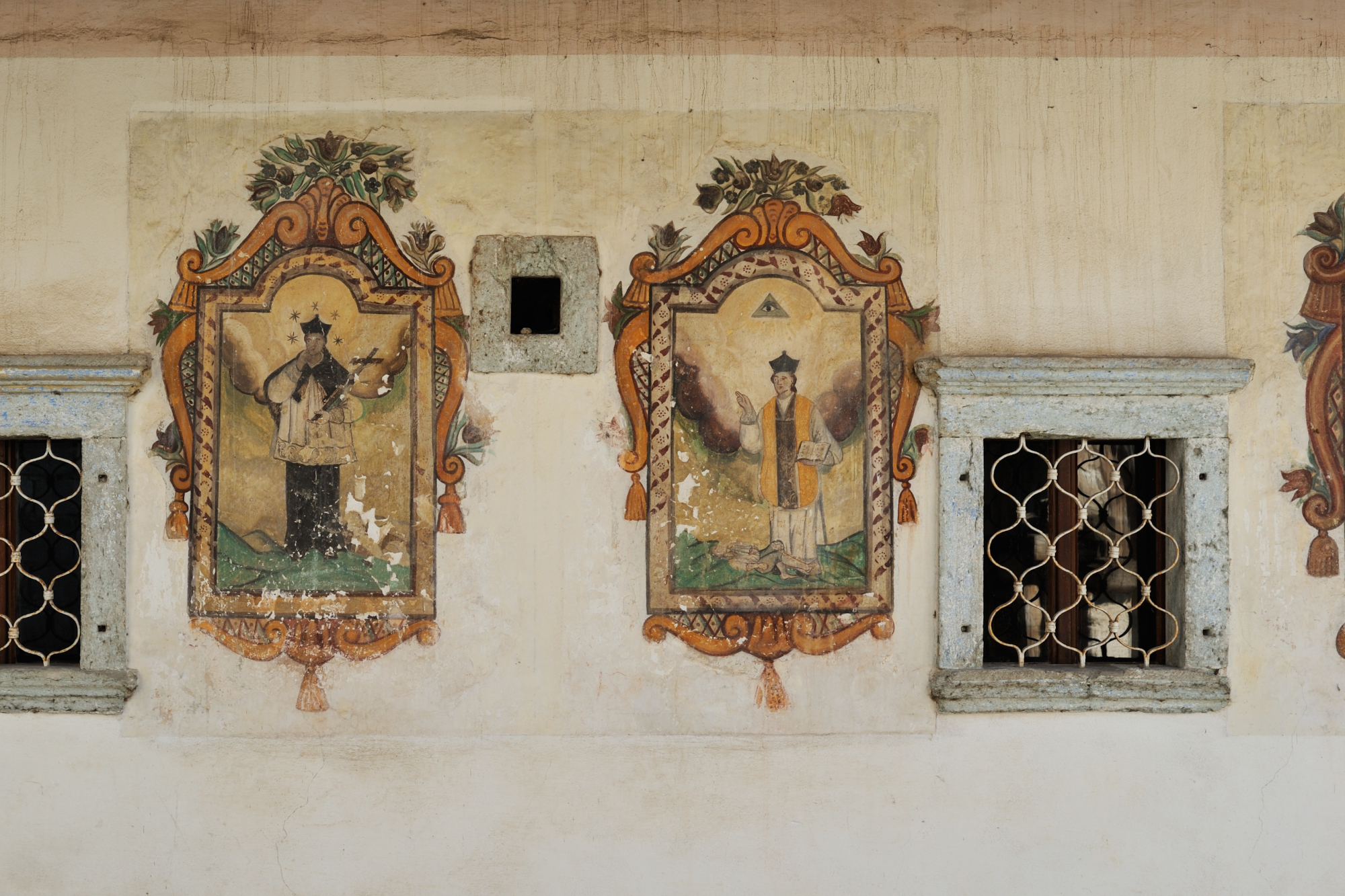- KEYBOARD NAVIGATION
- DISABLE ANIMATIONS
- HIGH CONTRAST
- BLACK & WHITE CONTRAST
- INCREASE TEXT SIZE
- DECREASE TEXT SIZE
- MARK TITLES
- MARK LINKS
- UNDERLINE LINKS
With a camera and (or) bike around Radol'ca
Text and photos by Miran Kambič, January 2018
I was given the task of choosing and presenting 'My Favourite 10' in Radol'ca. And, since 2018 is dedicated to Slovenia's cultural heritage, it's only right that these 10 should be cultural heritage themed.
It was the Encyclopedia of Slovenia that first led to me photographing Radovljica and its surroundings. I photographed art and architecture throughout Slovenia for the encyclopedia. In the Radovljica area, (also known Radol'ca) I accumulated quite a few interesting photographs. Then I began to work with the Radovljica Municipality Museums for whom I took numerous photographs of the art, architecture and history of the area. Some other projects for the Institute for Cultural Heritage, the National Gallery and, of course, some more contemporary architectural projects, have expanded my view of the area of cultural heritage.
Now I have been given the task of choosing and presenting 'My Favourite 10'. I quickly ran through my memory of Radovljica, Lesce, Begunje, Kropa, and all the villages around and in between, and quite a lot of them reeled through my head. I also took a quick look through a map of the municipality in order to see where the boundaries are, to ensure that I wouldn't exceed them. Although these boundaries don't mean a lot in a physical sense, they do help in the sense that one doesn't end up going from Bled, Bohinj and its railway tunnels to descriptions that end in Kobarid or Ljubljana (and Venice and Austria aren't that far away too!). Everything and everywhere is so small and close here in Slovenia. A bike perfectly suffices for exploring Radol'ca.
So, let's make a start, but where? In the encyclopedia everything was listed alphabetically, so therefore, let's start with 'A', however nothing comes to mind so let's move on to 'B' – Begunje. Jože Plečnik's 'Jožamurka' pavilion, dating from 1938, stands in the grounds of Katzenstein Mansion (yes, well, I am an architect, and Plečnik's year has just ended). It is a wonderful combination of pillars and a brick and stone wall, from where there are beautiful views of the mansion and its surroundings.
A little further on through the village, towards the Draga Valley, is Kamen Castle, or rather its remains; a series of surrounding walls and a path that zig-zags amid the remains, whilst at the top there are views of the valley and Mt. Begunjščica.
The hamlet of Zadnja vas (meaning 'Last village') should really be at the end, since its the last and it starts with 'Z', but since its more in the Begunje area, I will mention it here. St. Lucy's church, with its large entrance and wonderful elaborate Renaissance portal made from Peračica tuff stone, has always attracted me. I have been thinking for some time about a photo story about Peračica stone, however, I never seem to find the time.
Next let's head to the valley, to the centre, to Radovljica. Of course, the entire town is like a living museum. You will already be familiar with photographs of the whole of Linhart Square, therefore here I'm showing you three details. Up high, on the Baroque facade of the Radovljica Mansion, where most people don't look, there are wonderful ugly masks. Each more ugly than the next. For years, one of them was used on the poster to advertise Radovljica's Early Music Festival.
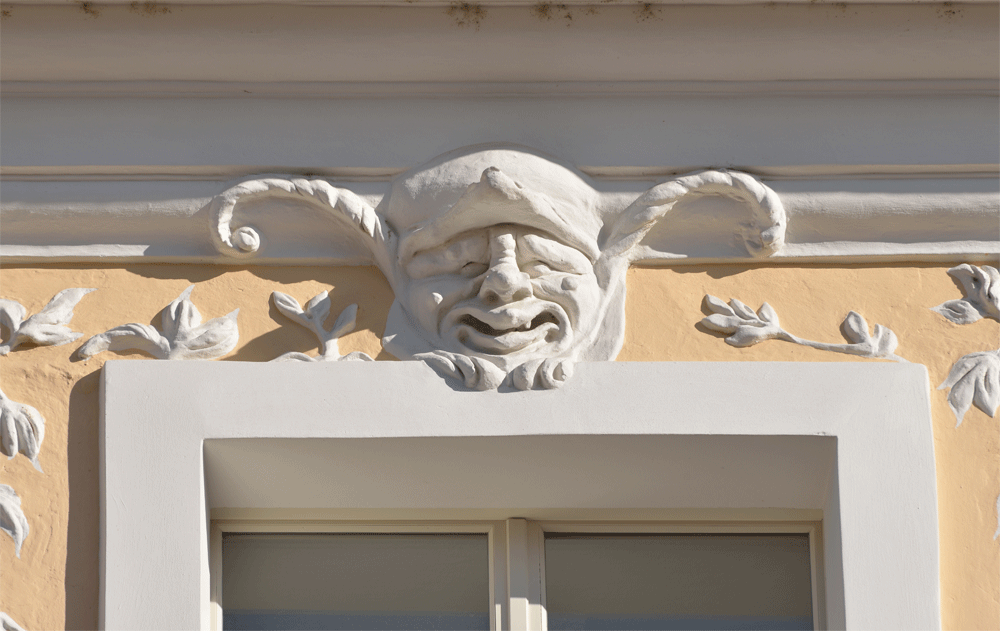
My first big project was taking photos for an exhibition on Ivan Vurnik in Cankarjev dom in 1994. At that time, Vurnik's tabernacle for the altar in St. Peter's Church in Radovljica left an impression on me. It nicely concludes the 'collection' of altars from various eras and styles. Now it has been restored and is on show at an exhibition in the National Gallery in Ljubljana.
And now, to old houses, though I don't know which of the many to show you. Šivec House is widely known, then there is Vidic House, Mali House... and Magušar's House, somewhat shabby, but all the more authentic with its countless aspects and architectural detail. I like old, things that show the patina of time.
Now the other side of the Sava river to the blacksmiths' area of Radol'ca and on past Kamna Gorica, also known as 'Little Venice'. This is where I like to stop by the water channels or the only still-working mill wheel. I always find myself wondering why these wheels run empty, why they don't provide us with energy as they did in the past. Since there isn't a map with photographs, I continue to Kropa.
In this village in the valley beneath the Jelovica plateau, there are tightly-packed terrace houses on every bank of the lively Kroparica stream, as well as two churches, water channels, millponds and photogenic alleyways.
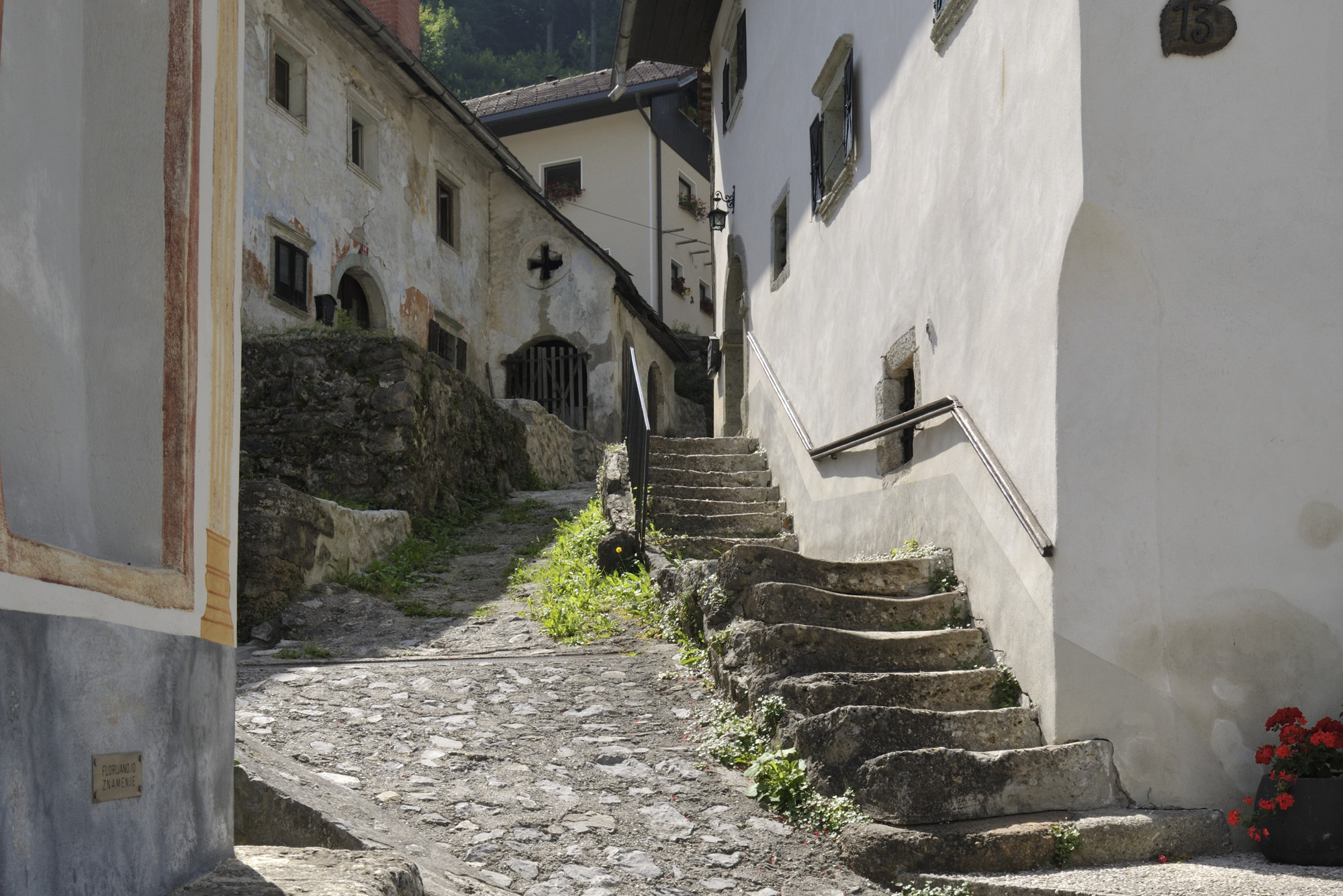
There are countless wrought iron features and details – from railings and shutters, to door handles, lights and headstones. I have already photographed a lot of these for the Kropa Iron Forging Museum, yet I always find some new and hidden detail which surprises me.
And the ever-coveted vigenjc Vice forge, with the characteristic noise of its rotating water wheel, the sounds of the bellows and the hitting of the hammers. You are transported back to the days of old when there wasn't any electricity or machines, and everything was forged by hand. I took this photograph during filming of a promotional video for Radol'ca, therefore perhaps it's more Rožle's than mine (Rožle Bregar is the creative director of the new Radol'ca promotional video. This photo was taken during filming).
Now the last, the tenth of “My favourite 10”. A difficult decision, usually I take multiple photos and leave the choice to others, this time, however, I have to decide alone. Let’s round it off via Podnart, Ljubno, Brezje (which would be my number 11) and back to the start. There are wonderful examples of classic architecture to be found everywhere. Old farmhouses, farm outbuildings, chapels and shrines. Portals and window frames from green Peračica tuff, wrought iron meshes, frescoes, fretwork etc.
Maybe sometime I will prepare 'My Favourite 100' for you, then I will be able to more easily choose and show what I like.
After the working week, when I've had enough of architecture and cultural heritage, I head for the vast and endless surrounding green forests.
Related news
Written by Kaja Beton, December 2017
Radol'ca has long been a land of creative people, who find inspiration in the pristine nature, wonderful views and rich heritage of ancestors.
Begunje is the birthplace of Slovenian popular folk music and the inspiration for numerous songs by Slavko Avsenik.
The heart and soul of Radovljica is Linhart Square which inspires with the variety and authenticity of its preserved architecture.


